"Houseplants bring a touch of nature indoors, improving air quality, boosting well-being, and enhancing any living space. Whether you're after an elegant statement plant or an easy-care greenery companion, our range offers a wide variety of options to suit every home and gardener."
Peter McDermott, Head Gardener
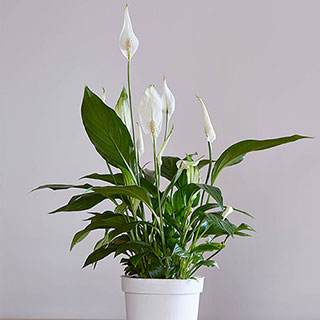
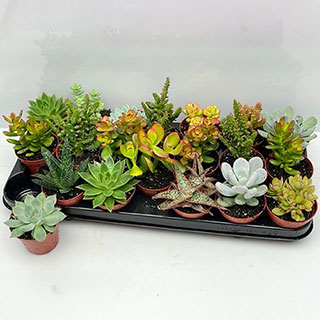




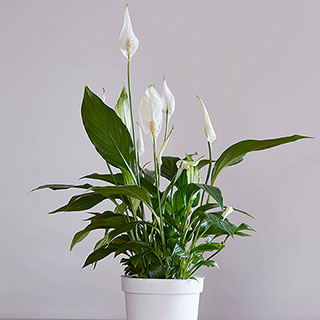
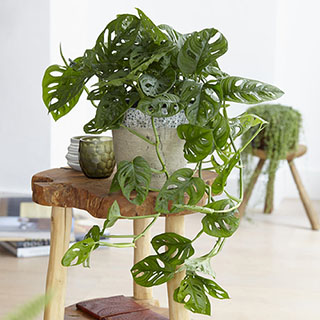

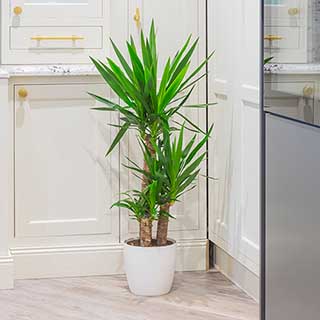
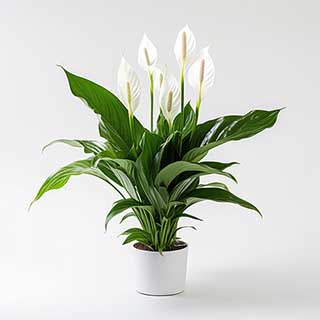
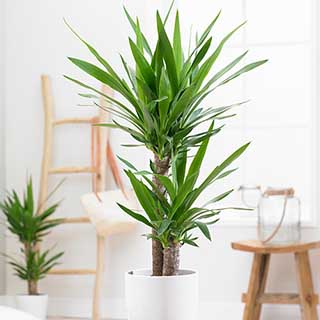
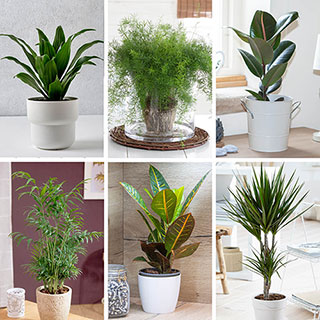
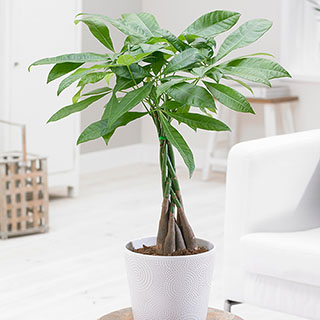
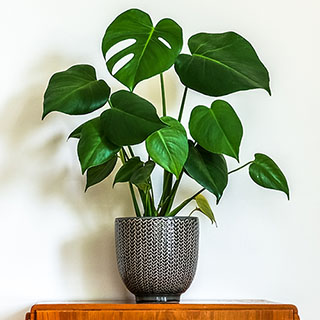
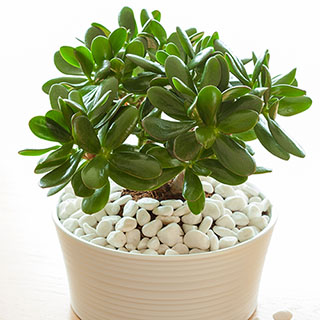
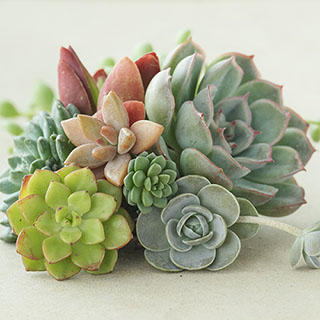
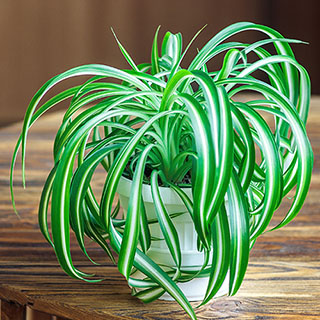


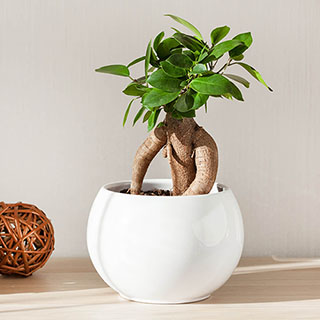
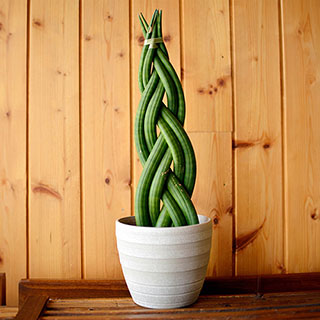
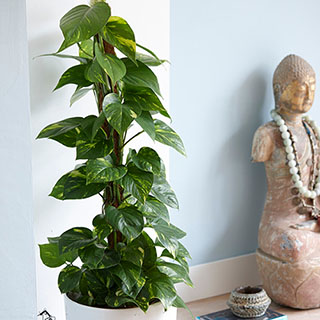
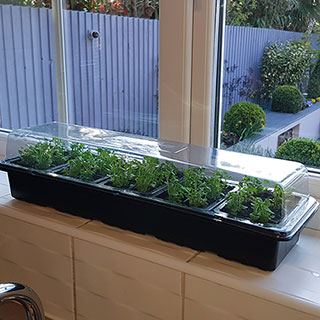
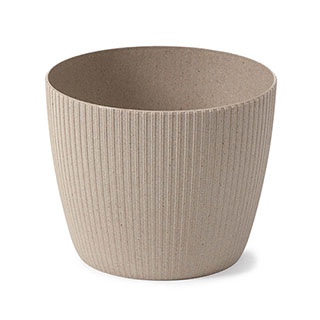
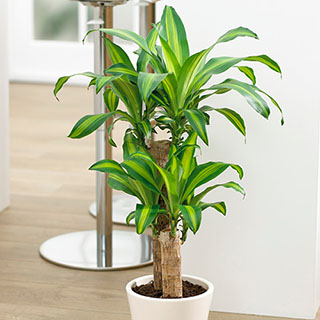

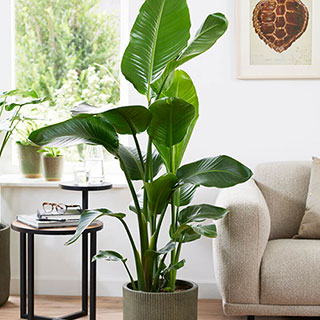
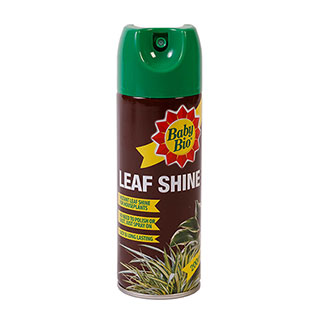
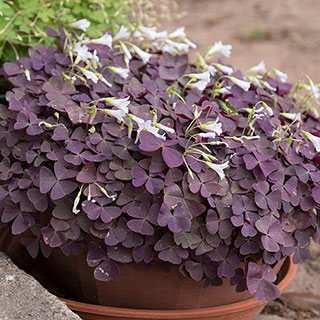
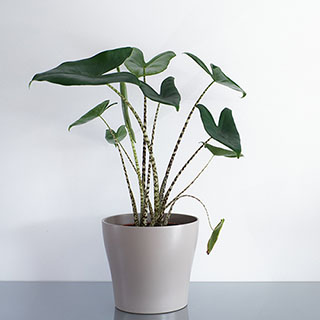

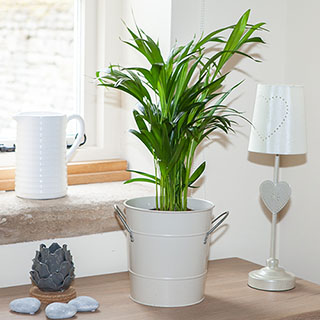
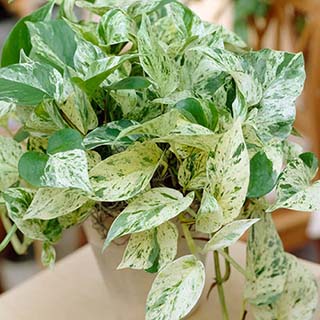
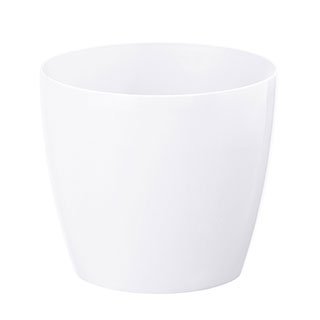
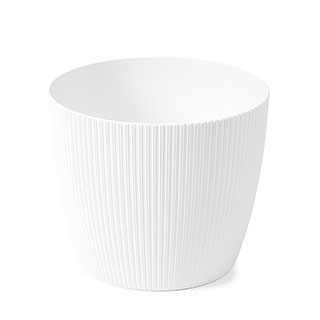
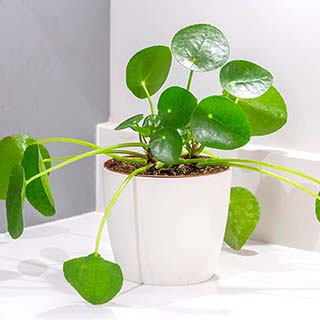

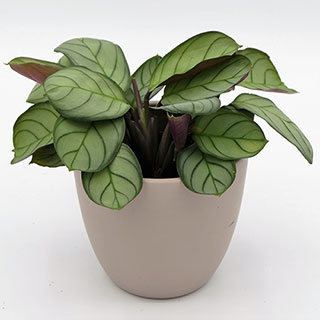
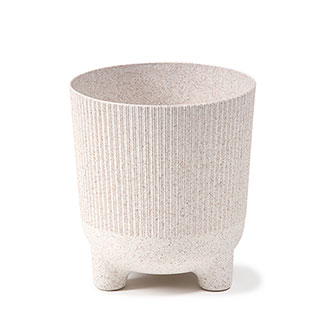

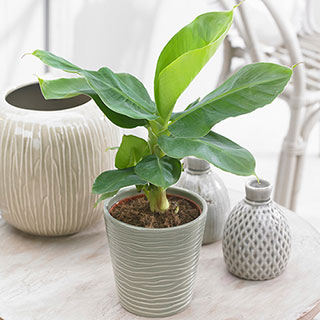
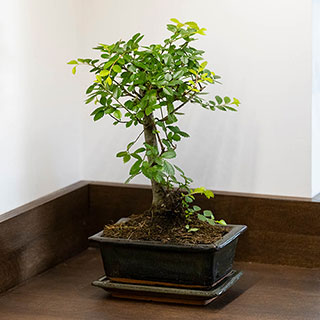


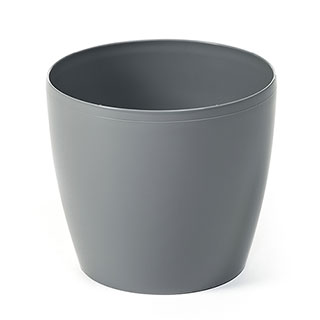

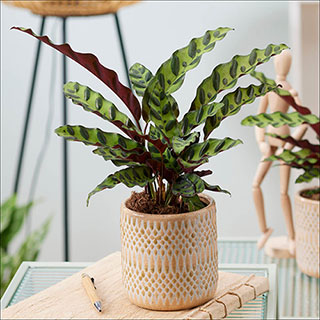


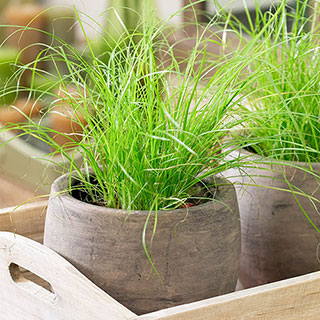

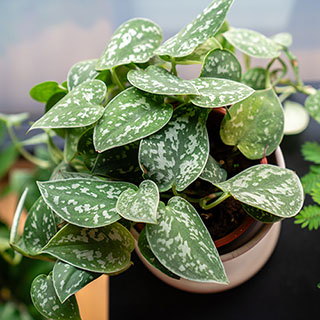
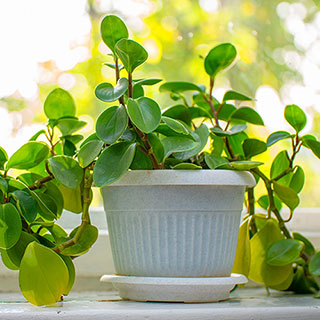
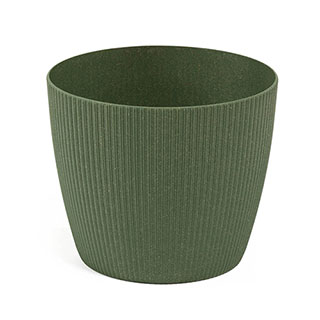
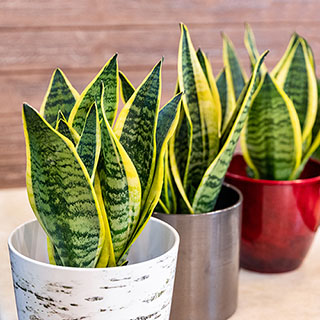
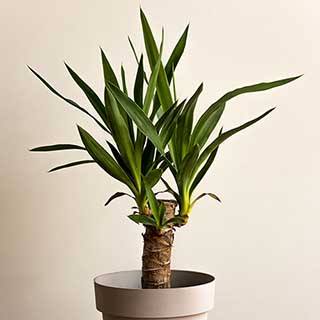
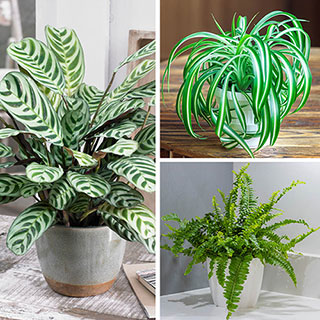
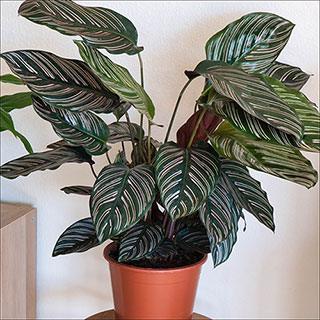

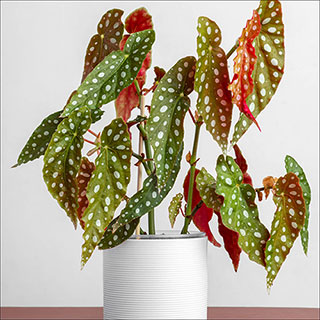
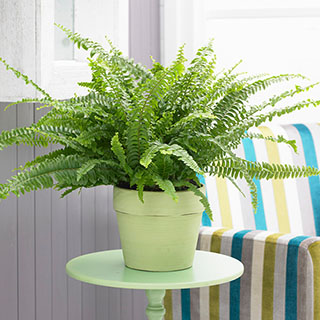
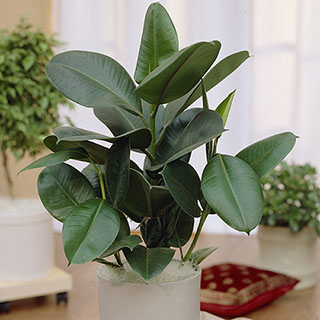
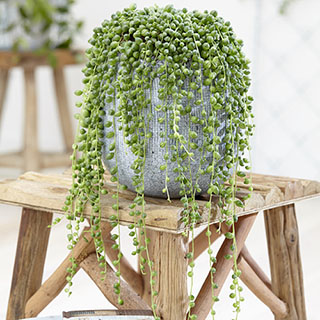



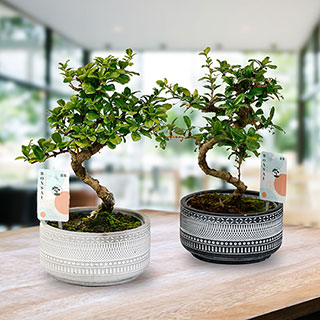

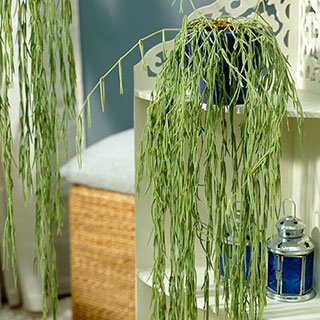
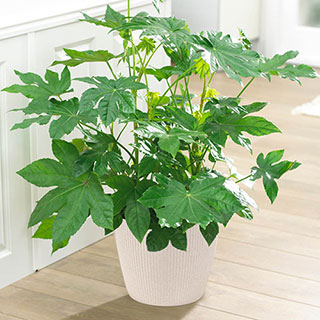
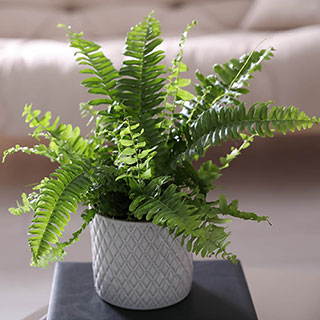
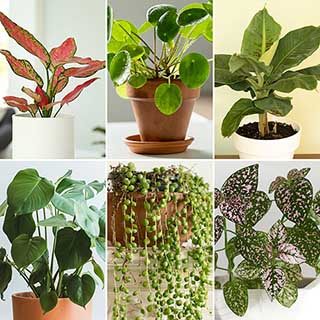
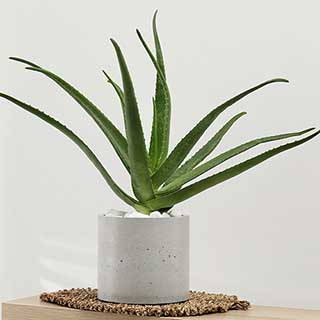

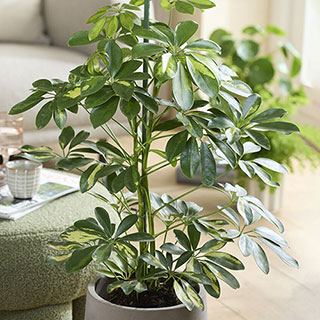
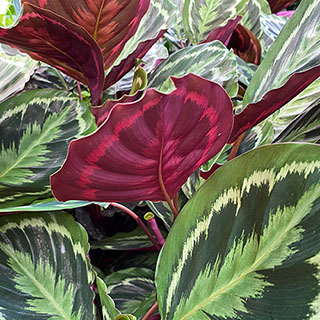

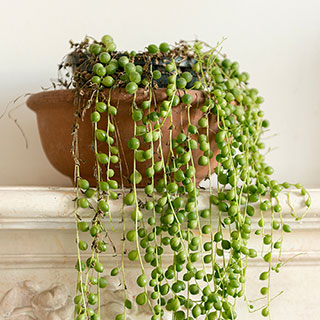
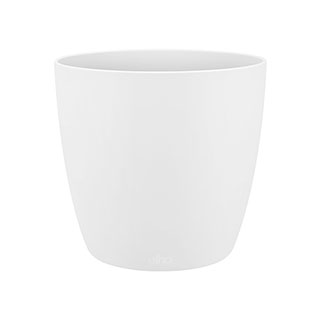
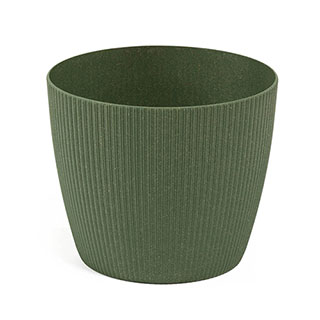
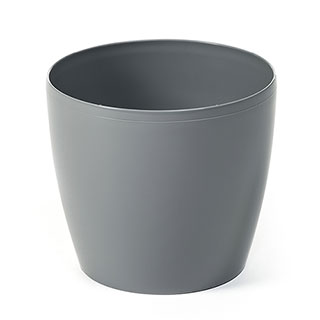

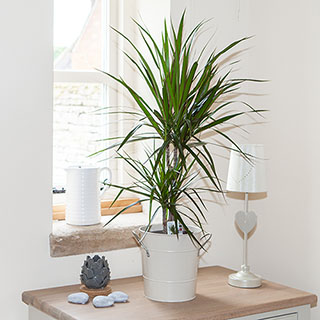
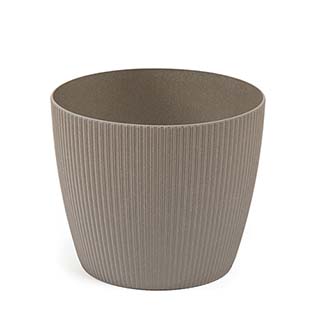
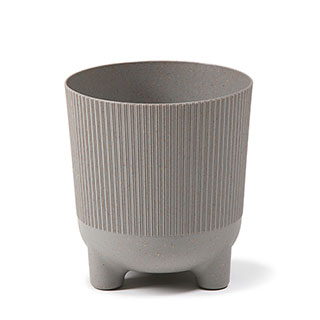

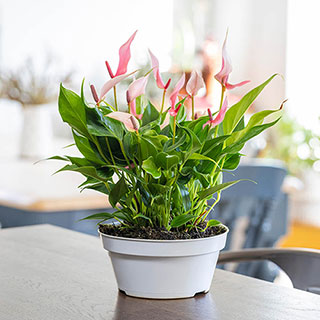
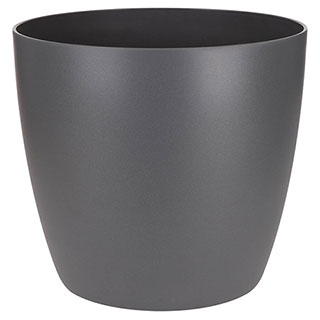
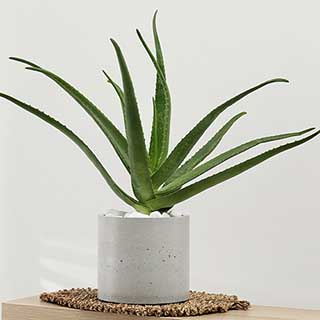
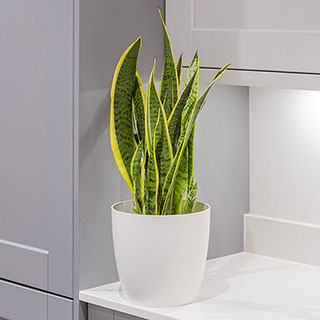
"Houseplants bring a touch of nature indoors, improving air quality, boosting well-being, and enhancing any living space. Whether you're after an elegant statement plant or an easy-care greenery companion, our range offers a wide variety of options to suit every home and gardener."
Peter McDermott, Head Gardener
Houseplants are more than just decorative additions to your home; they provide a host of benefits, from purifying the air to boosting well-being and creating a calming atmosphere. Whether you’re a seasoned plant enthusiast or just starting your indoor gardening journey, there’s a houseplant for everyone.
Why Choose Houseplants?
Many houseplants help to filter toxins and improve indoor air quality, creating a fresher, healthier environment. Studies show that being around plants reduces stress, enhances mood, and even improves concentration and productivity. Houseplants effortlessly complement any décor, bringing texture, colour, and life to any room. With a variety of easy-care plants available, you don’t need a green thumb to enjoy indoor greenery.
Our Range of House of Houseplants
From striking foliage to elegant flowering plants, our collection includes a diverse range of species perfect for every home and skill level.
Caring for Your Houseplants
Match each plant to its ideal light conditions, whether bright indirect light, partial shade, or low-light tolerance. Avoid overwatering; most houseplants thrive when the soil is allowed to dry slightly between watering. Some plants prefer higher humidity levels, which can be achieved with misting or pebble trays. Use a balanced houseplant fertiliser during the growing season for healthier, more vibrant plants.
Houseplants for Every Home
Whether you’re looking for a bold statement piece, a plant for your desk, or an easy-care addition to brighten a corner, our houseplant range has something for every space. With their ability to purify air, boost well-being, and bring natural beauty indoors, houseplants are a must-have for every home.
Explore the joy of indoor gardening and find the perfect plant to suit your lifestyle.